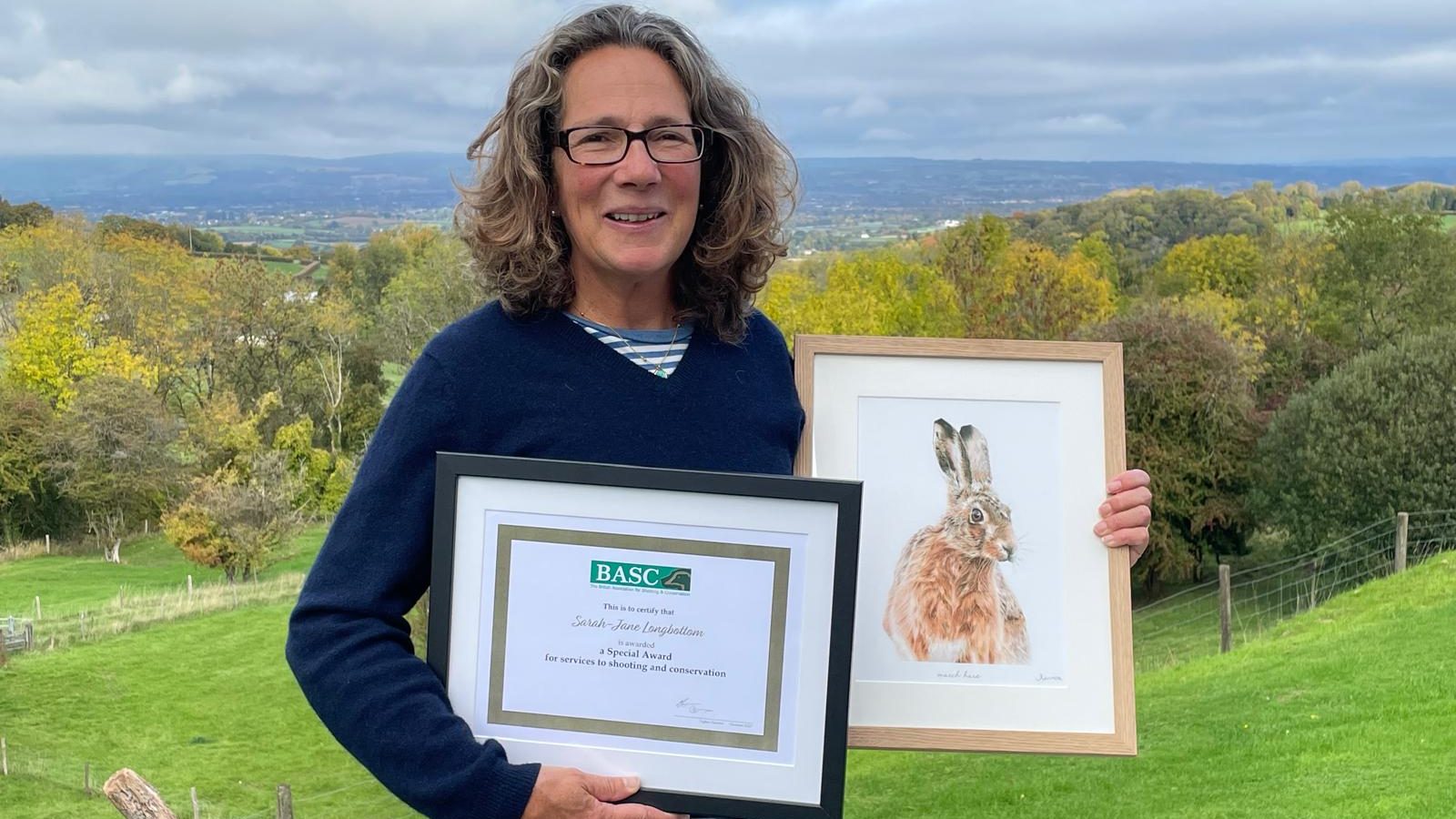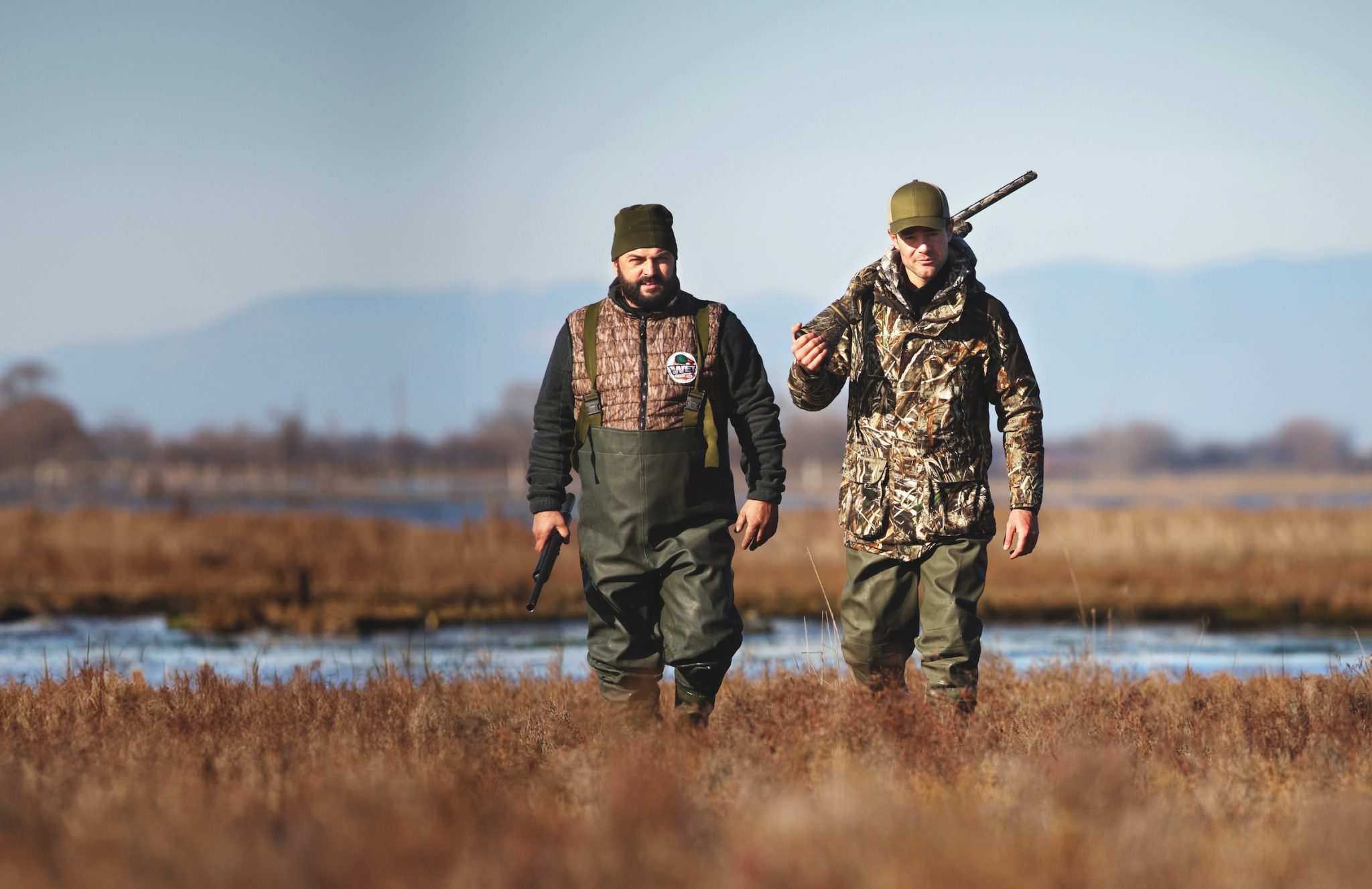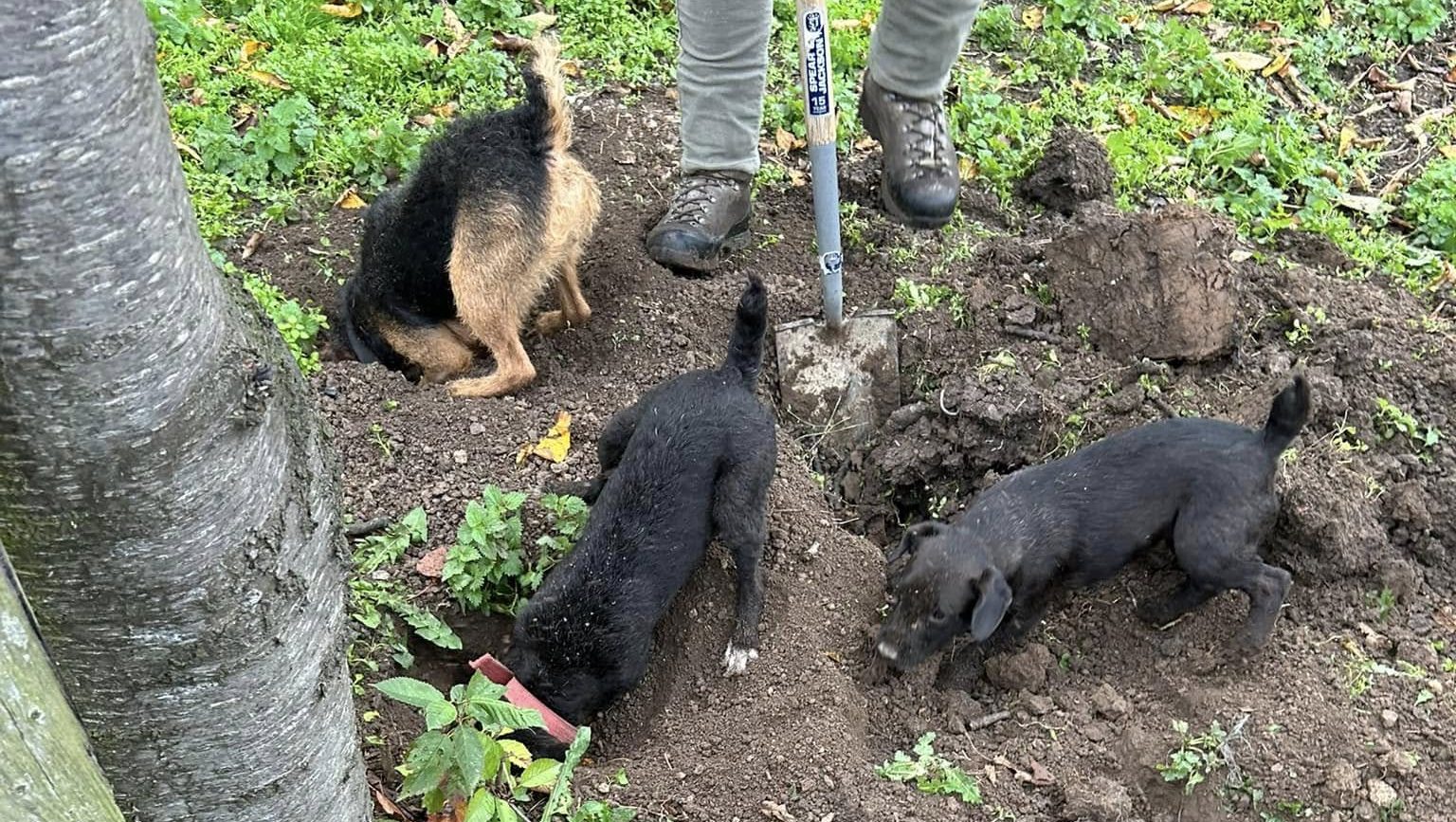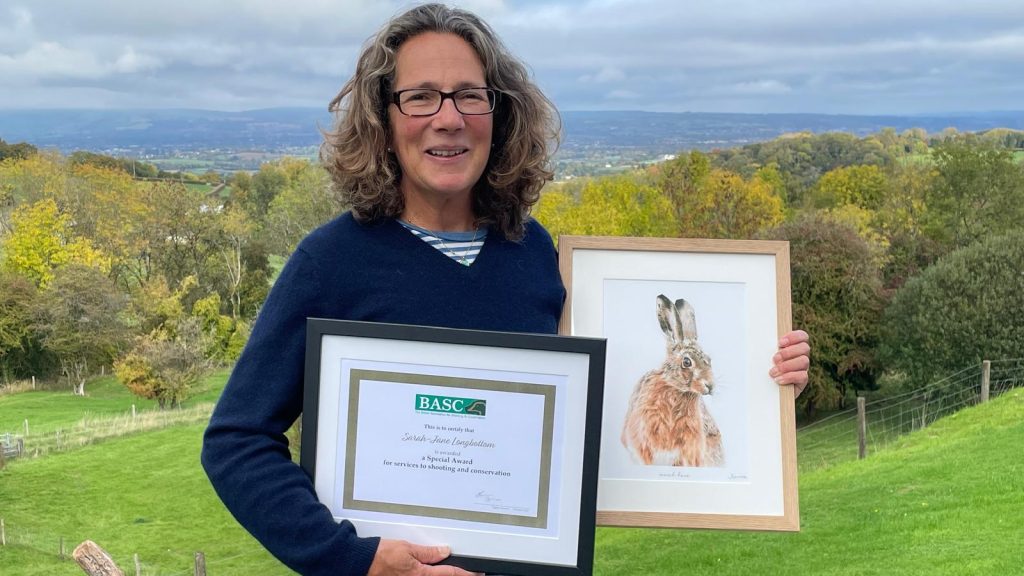- News
- Gundogs
- Shooting
- Recipes
- Gear
-
-
- More
-
-
More
-
-
News
Grassroots efforts recognised as BASC scales up participation drive
By Hollis Butler (Group News Editor)
-
News
New standards published for working animals in pest control
By Hollis Butler (Group News Editor)
-
-
-
Win CENS ProFlex DX5 earplugs worth £1,149 – enter here
Jackdaw: facts about this intelligent bird
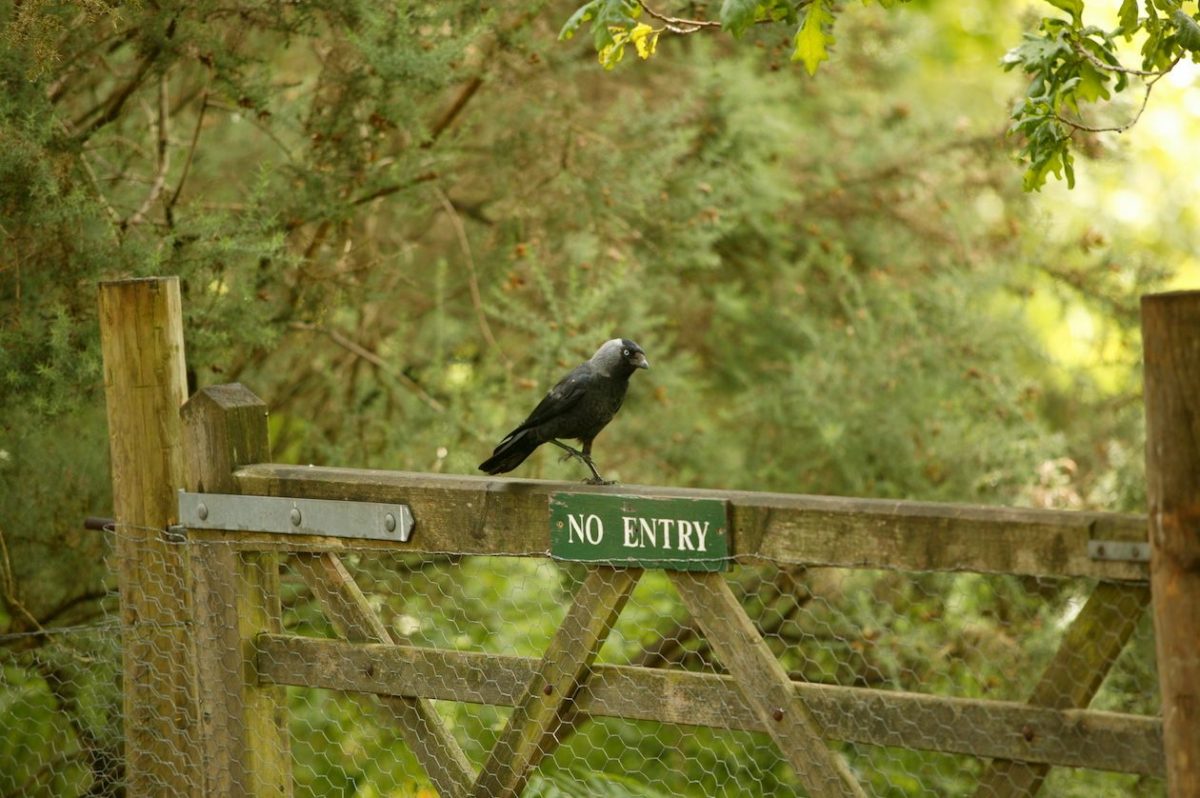
At first glance the jackdaw may seem undistinguished, but it is subtly handsome. (Read about another corvid – the jay – here.)
The smallest native species of crow has a superficially black plumage and distinctly purple sheen to the black cap, while the cheeks, nape and neck are a greyish-silver. What really stand out are the silvery white irises of the eyes, and with the strutting, upright gait of a bird on the ground the effect could be described as piratical.
In the air the jerky wing beats of the jackdaw might make it appear clumsy, but it is an agile flyer, manoeuvring with skill as well as tumbling and gliding. They often seem to play in the wind, capable of a wide variety of aerial acrobatics and far stronger on the wing than the similarly-sized jay.
Wherever you travel across Europe or even further east you are likely to encounter a jackdaw although the sharp-eyed may notice some differences in plumage.
This is because there are actually four different subspecies that vary slightly in appearance. The Western Eurasian jackdaw, the darker of the four, is the one that we most commonly see in the UK, although a few migrant Nordic jackdaws with their paler napes and necks may visit our shores during the winter.
Jackdaw eating a box moth caterpillar
Names
The jackdaw is said to owe its forename to the Old English ‘jack’, meaning something small, although it might come from the metallic chack of its call.
They were once simply known as daws (a name also applied to a knavish or stupid person) but jackdaw has been the common name since around the 16th century.
One old collective term is ‘clattering’, which perfectly evokes the noise made by a large group travelling between roosts and feeding grounds.
An opportunistic predator of the eggs and nestlings of other birds, the jackdaw can be unwelcome for other reasons as well.
A gregarious bird, its colonies can number hundreds, and a habit of dropping sticks and other debris down unused chimneys to build up nesting platforms that can be many feet thick has often been the cause of chimney fires long after the nesting season has finished for the year. Sometimes these platforms collapse, trapping the chicks in them. The lucky ones are occasionally reared by human rescuers and go on to make charming pets which, like their cousin the magpie, can be taught to imitate the human voice.
Like all crows, they are among the most intelligent of birds.
Similarity
Another similarity with the magpie is a reputation for stealing human possessions. The magpie is, in fact, less guilty of this crime; the jackdaw, on the other hand, seems far more deserving of the charge and they have been recorded accumulating hoards of objects, shiny ones, in their nests.
Jackdaw colonies appear to have a highly developed ‘pecking order’ with one bird holding precedence over all other members within the group.
Below this individual, usually a male, there is a very strict social ranking to the point that females will not pair with a male of a lower rank, while pairing with a more highly ranked male raises their social status. Although protective of their individual nest sites, the members of a colony are tolerant of each other but an outsider will be attacked unless ‘introduced’ by a colony member. A lost young bird will be sought out and led back to safety.
There are few recipes for cooking a jackdaw but its flesh was once believed to dissolve tumours if held against them ‘fresh and warm’. It was also considered to be beneficial in the treatment of scrofula, a glandular swelling in the neck associated with tuberculosis. Sadly, this is as unlikely to work as another traditional cure for the disease, namely the touch of a monarch, that led to the alternative name of ‘king’s evil’.
Jackdaw facts
- DISTRIBUTION: Widespread across Europe, as far east as north of India and Mongolia, though in many eastern regions the species may only be migratory and non-breeding.
- UK DISTRIBUTION: Likely to be encountered anywhere, with the exception of much of the Scottish Highlands and some islands.
- IUCN RED LIST STATUS: Least concern, numbers stable.
- HABITAT: Opportunistic and adaptable, the jackdaw ranges from wooded steppes, pastures, cultivated land and cliffs to parks and urban areas. Ideal regions offer scattered trees, open ground and buildings.
- FOOD: Omnivorous, primarily small invertebrates and a variety of grains, fruits and other vegetable matter. Will also take small rodents, bats, the eggs and nestlings of other birds, and roadkill. Usually feed in groups, often alongside rooks and carrion crows.
- BREEDING: Jackdaws pair up during their first year but will not mate until the following. Pairing is lifelong, ending only if one partner dies. Although they usually breed in colonies, pairs collaborate to find a nest site and then defend it against other pairs and any potential predators.
- NESTING: Nests may be sited in cavities in trees and cliffs, in ruined or occupied buildings, especially in chimneys. Churches are also frequently used. The nest is constructed mainly of twigs and lined with hair, wool and dead vegetation. They can become very large as they are added to. The young fledge at anything between 28 and 35 days, after which the parents will continue to feed them for another month.
- CLUTCH SIZE: Usually 4-5 eggs though up to 9 recorded.
- INCUBATION TIME: 17-18 days.
- LENGTH (AVERAGE): 34cm.
- WINGSPAN (AVERAGE): 70cm.
- WEIGHT (AVERAGE): Around 220g.
- LIFESPAN (AVERAGE): Normally around 5-6 years.
- FLIGHT SPEED: Around 25-30 mph.
- SHOOTING SEASONS: May be killed or taken throughout the year under the terms and conditions of specific licences to preserve public health or public safety, or prevent serious damage to livestock and crops.
Related Articles
Get the latest news delivered direct to your door
Subscribe to Shooting Times & Country
Discover the ultimate companion for field sports enthusiasts with Shooting Times & Country Magazine, the UK’s leading weekly publication that has been at the forefront of shooting culture since 1882. Subscribers gain access to expert tips, comprehensive gear reviews, seasonal advice and a vibrant community of like-minded shooters.
Save on shop price when you subscribe with weekly issues featuring in-depth articles on gundog training, exclusive member offers and access to the digital back issue library. A Shooting Times & Country subscription is more than a magazine, don’t just read about the countryside; immerse yourself in its most authoritative and engaging publication.



